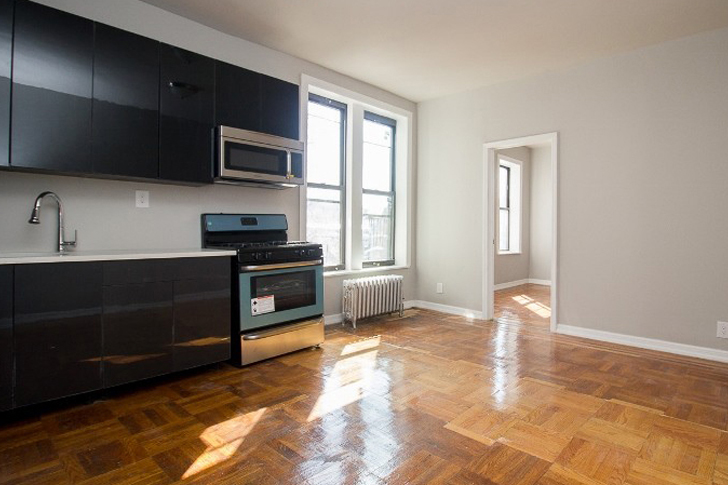Affordable and Pleasant Apartment Plans in Your Area
Finding a comfortable and affordable apartment in your area is crucial for maintaining a healthy work-life balance and overall well-being. With rising real estate prices across various regions, securing a budget-friendly yet pleasant living space can be a daunting task. This article aims to provide a comprehensive guide to exploring apartment options in your area that won’t break the bank but still offer a comfortable living environment.

Finding the Right Location
When searching for an affordable apartment, location is perhaps the most significant factor to consider. Prime areas in city centers tend to be more expensive due to their proximity to amenities like restaurants, shopping centers, and entertainment districts. However, expanding your search to suburban areas could lead to more favorable pricing. According to a recent study by the National Association of Realtors, suburban apartments can be up to 20-30% cheaper than those in urban cores. Additionally, many suburbs have seen improvements in infrastructure and local amenities, making them increasingly appealing for renters seeking a balance between cost and lifestyle.
Understanding Market Trends
It’s essential to have a grasp of the current market trends in your area. Rent prices can fluctuate based on various factors including the local economy, demand, and seasonal changes. For instance, rental prices can be lower during winter months as demand decreases. Websites like Zillow and Rent.com provide valuable insights into market trends and average rent prices in specific neighborhoods. By staying informed, you can time your apartment hunt to take advantage of these fluctuations to secure a better deal.
Evaluating Apartment Types
The type of apartment you choose can also impact affordability. Studio or one-bedroom apartments are generally cheaper compared to larger units. According to RentData.org, the average rent for a one-bedroom apartment in the United States is approximately 15% less than a two-bedroom unit. Apartments in older buildings might offer lower rent prices as well, although you might have to compromise on modern amenities and updates. Always weigh the pros and cons of different apartment types and buildings based on your personal needs and budget.
Tips for Effective Apartment Hunting
Effective apartment hunting requires strategy and preparation. Start your search early to avoid last-minute decisions, which often result in higher costs. Utilizing online platforms such as Craigslist, Apartments.com, and local Facebook housing groups can broaden your search and provide more options to consider. Additionally, networking with friends and colleagues can sometimes lead you to rental opportunities not listed online.
When viewing apartments, be thorough in your inspections. Check for any signs of pests, water damage, or general disrepair. Ask about average utility costs, and if possible, speak to current tenants about their experiences. This firsthand insight can be invaluable in making an informed decision.
Negotiating Rental Terms
Negotiation is key to securing a comfortable yet affordable apartment. Don’t hesitate to negotiate the rent price or lease terms with potential landlords. Sometimes, landlords are willing to lower the rent if you sign a longer lease or offer to pay a few months upfront. Additionally, asking about included utilities or free amenities like parking can add value to an otherwise less appealing offer.
Utilizing Government Programs and Grants
For those who qualify, government assistance programs can be a lifesaver when it comes to finding affordable housing. Programs like Section 8, offered by the U.S. Department of Housing and Urban Development (HUD), provide rental assistance to low-income families, seniors, and individuals with disabilities, helping them secure affordable private-market housing. Check local and state government websites for eligibility criteria and application details.
Furthermore, some states and cities offer grants or subsidized housing options tailored to young professionals, families, or specific workforce members like teachers and healthcare workers. These programs not only provide financial relief but also ensure that essential workers can live close to their workplaces without financial strain.
Conclusion
Finding an affordable and pleasant apartment requires patience, research, and strategic planning. By understanding market trends, evaluating various apartment types, and using effective search strategies, you can find a suitable living space without overspending. Remember to consider government programs for additional support and always be ready to negotiate terms to get the best possible deal. Your effort will pay off when you find that perfect apartment that feels like home while staying within your budget.







Recent Comments